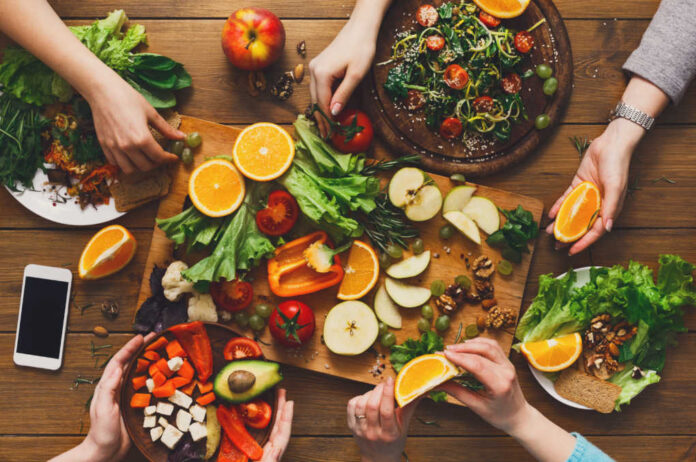
Although unhealthy eating habits are a significant contributor to many chronic diseases, including obesity, heart disease, and type 2 diabetes, many people still struggle to prioritize healthy food choices.
By looking at the common barriers that prevent us from eating better, we can overcome them.
Lack of Knowledge
There are so many different diets with various recommendations that it can be hard to know which one to follow.
This confusion and indecision tend to result in sticking with our current habits, even if they’re not good for us.
You don’t have to be an expert on nutrition or cooking to make healthy decisions about what to eat. Focus on learning just a little bit more at your own pace.
Rather than picking your meals impulsively, slow down your decision-making process. Spend a few extra minutes asking questions, searching for answers, challenging your assumptions, and considering the consequences of your food choices.
Lack of Time
The busyness of work, responsibilities, and obligations often leads to rushed, unhealthy meals.
But healthy eating doesn’t have to be a time-consuming ordeal. You can make it more convenient by choosing quick recipes with fewer ingredients, prepping your meals ahead of time, or making it a group activity with your friends or family.
Recognize that eating healthy is worth making a higher priority. Eating unhealthy will likely give you digestive discomforts that can interfere with other activities.
In contrast, good foods will improve your mental and physical health and give you more energy to do everything else you need to do.
Social Norms
Eating is a very social activity.
The way we eat can influence how people see us – it becomes a part of our identity.
You might be worried about what people will think if you suddenly start eating differently or refuse an offered food. You might feel left out if you’re the only one eating something different.
Frame your dietary changes, not as a restriction, deprivation, or sacrifice, but as an opportunity to create new memories with your loved ones.
Find ways to involve them in your journey. Invite them to experiment with you, trying new ingredients and recipes. Let them know why you’re making changes and how they can support you.
Taste and Familiarity
Our food preferences often have more to do with familiarity than anything else.
This tendency can cause us to get stuck in a rut, suggesting a possible solution. You might not like some of the healthy foods you’re trying at first. But if you keep eating them, eventually, they’ll start to taste better.
You’ll discover better recipes, learn to cook them in a way that you enjoy, and eventually find yourself craving them. Be patient and give yourself time to adjust.
Stress and Cravings
When we’re stressed out, we often turn to unhealthy snacks for comfort.
Rather than seeking that brief moment of pleasure that those junk foods might give you, try to address the underlying causes of your stress, and learn healthier strategies for coping.
Have healthier snacks on hand that you can turn to instead, like fruit or nuts and seeds.
There’s no one-size-fits-all answer to how to change your diet. What works for one person might not work for someone else. But with a little bit of exploration and experimentation, you can find the approach that works best for you.






















